Portrait of Ida, the Artist's Wife 1898
[i]Pencil. 242x188 mm[/i]
[br]
Vilhelm Hammershøi and his wife lived in various European cities with irregular intervals.
[b]The settlement in London[/b]
For example, they lived in London from the end of October 1897 to the end of May 1898. Unlike Rome and Paris, London was not a capital of the arts at the time, and this naturally occasioned some surprise and specula...
- Credit:
- Courtesy of the National Gallery of Denmark
More from this artist...
Loading...
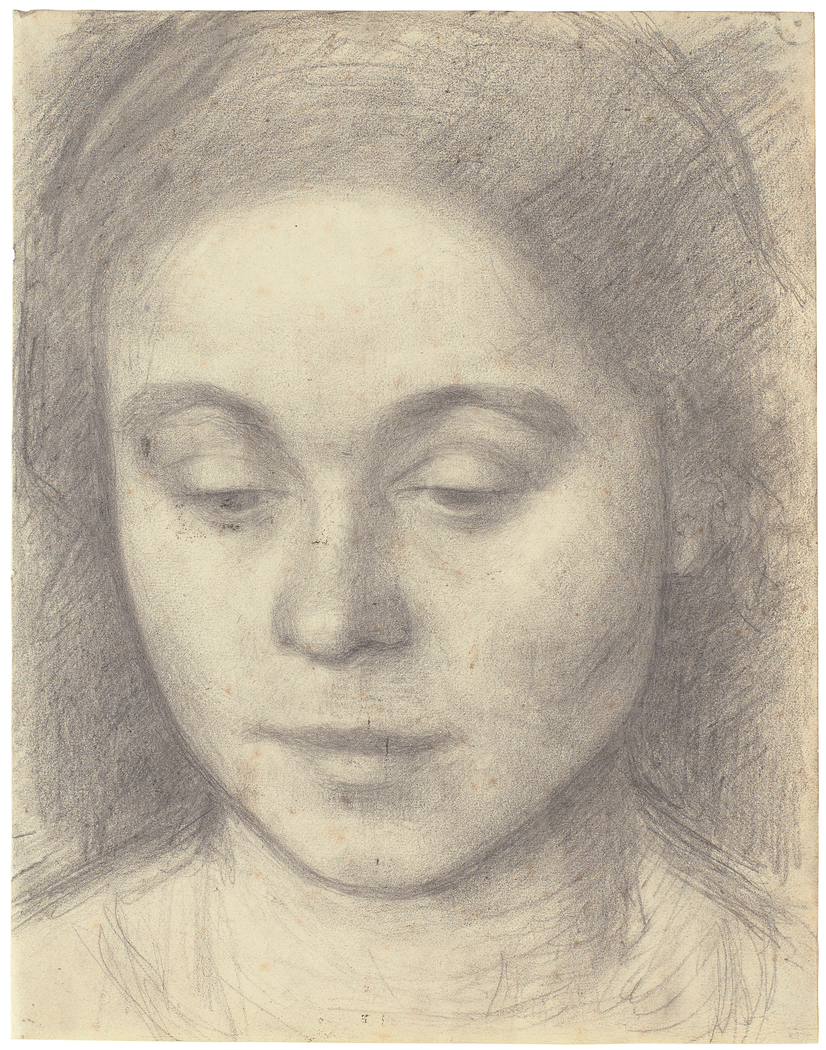
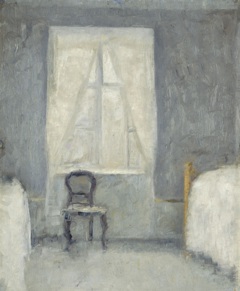
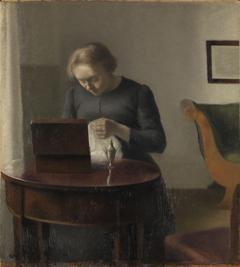
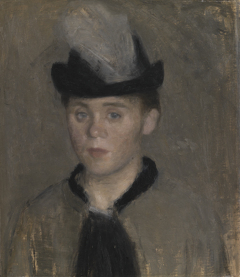

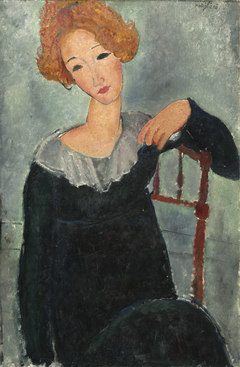
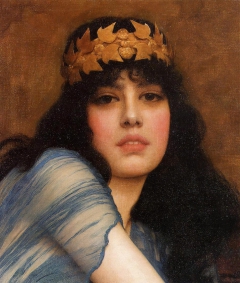

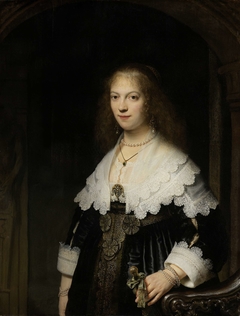
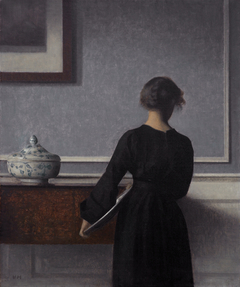
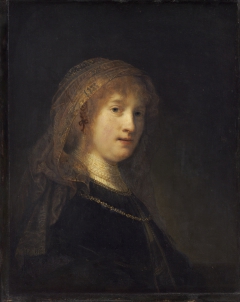

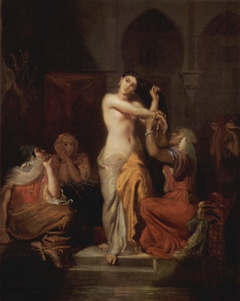
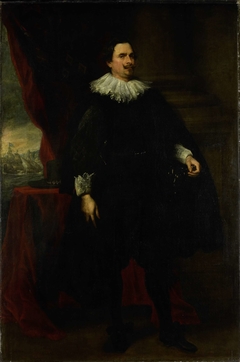
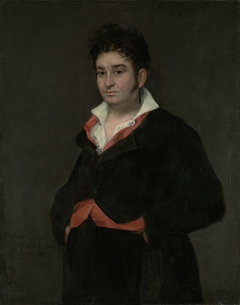
Discussion